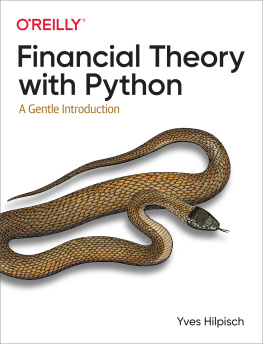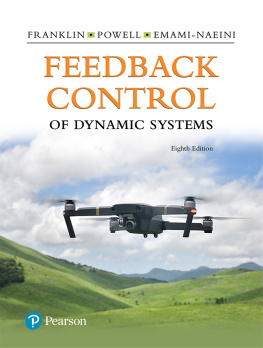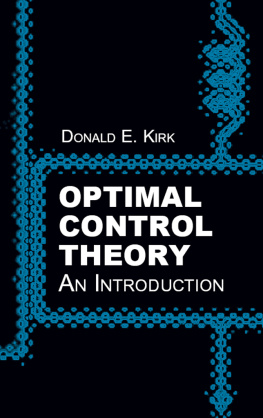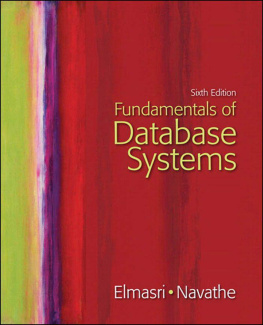Contents
List of figures
- Chapter 1
- Chapter 2
- Chapter 3
- Chapter 4
- Chapter 5
- Chapter 6
- Chapter 7
- Chapter 8
- Chapter 9
- Chapter 10
- Chapter 11
Guide
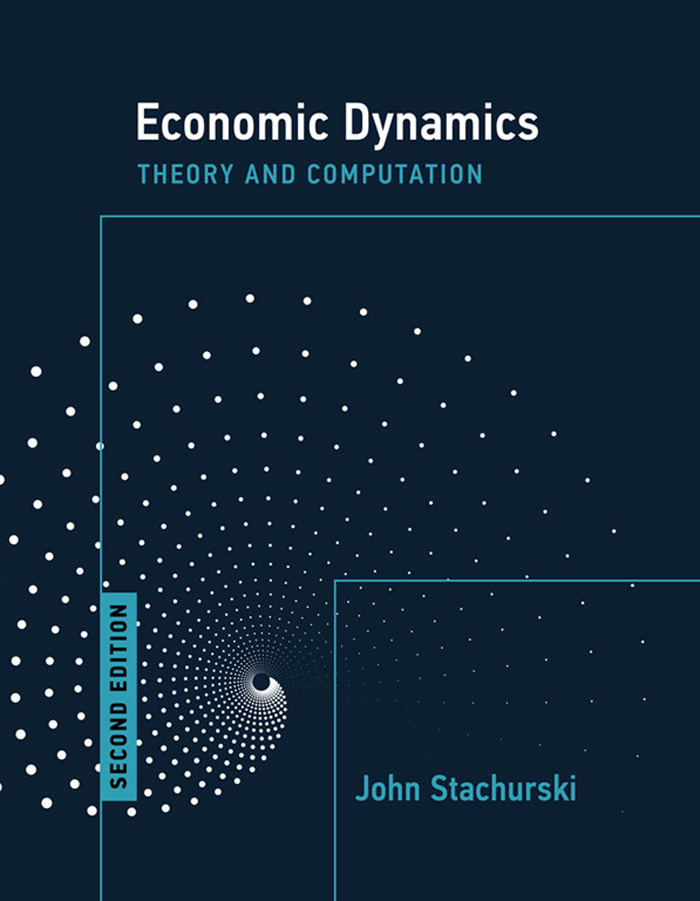
2022 Massachusetts Institute of Technology
All rights reserved. No part of this book may be reproduced in any form by any electronic or mechanical means (including photocopying, recording, or information storage and retrieval) without permission in writing from the publisher.
This book was typeset in LATEX by the author .
Library of Congress Cataloging-in-Publication Data.
Names: Stachurski, John, 1969-author.
Title: Economic dynamics : theory and computation / John Stachurski.
Description: Second Edition. | Cambridge, Massachusetts : The MIT Press, [2022] | Revised edition of the author's Economic dynamics, c2009. | Includes bibliographical references and index.
Identifiers: LCCN 2021061989 (print) | LCCN 2021061990 (ebook) | ISBN 9780262544771 (paperback) | ISBN 9780262372442 (epub) | ISBN 9780262372459 (pdf)
Subjects: LCSH: Statics and dynamics (Social sciences)Mathematical models. | EconomicsMathematical models.
Classification: LCC HB145 .S73 2022 (print) | LCC HB145 (ebook) | DDC 330.1/519dc23/eng/20220214
LC record available at https://lccn.loc.gov/2021061989
LC ebook record available at https://lccn.loc.gov/2021061990
10 9 8 7 6 5 4 3 2 1
d_r0
To Cleo
Preface
Aims and Scope
The aim of this book is to teach foundational topics in stochastic dynamics such as stability, ergodicity, and dynamic programming, with applications from economics and finance. As we travel down this path, we will delve into a variety of related fields, including simulation and numerical methods, fixed point theory, stochastic process theory, function approximation, and coupling.
In writing the book I had two main goals. First, I wanted to show that sound understanding of relevant mathematical concepts leads to effective algorithms for solving real world problems. Second, I wanted the book to be enjoyable to read, with an emphasis on building intuition. Hence the material is driven by examplesI believe the fastest way to grasp a new concept is through studying examplesand makes extensive use of programming to illustrate ideas. Running simulations and computing equilibria helps bring abstract concepts to life.
The primary intended audience is advanced undergraduate and, especially, beginning graduate students in economics. However, the techniques discussed in the second half of the book add some shiny new toys to the standard tool kit used for economic modeling, and as such they should be of interest to advanced graduate students and researchers. The book is as self-contained as possible, given space constraints.
Part I of the book covers material that all well-rounded graduate students should know. The style is relatively mathematical, and those who find the going hard might start by working through the exercises in appendix A. Part II is significantly more challenging. In designing the text it was not my intention that all of those who read part I should go on to read part II. Rather, part II is written for researchers and graduate students with a particular interest in technical problems. Those who do read the majority of part II will gain a very strong understanding of infinite-horizon dynamic programming and (nonlinear) stochastic models.
How does this book differ from other textbooks? There are several books on computational macroeconomics and macrodynamics that treat related topics. In comparison, this book is not specific to macroeconomics. It should be of interest to (at least some) people working in microeconomics, operations research, and finance. Second, computation and theory are tightly integrated. When numerical methods are discussed, I have tried to emphasize mathematical analysis of the algorithms. Readers will acquire a strong knowledge of the probabilistic and function-analytic framework that underlies proposed solutions.
Like any text containing a significant amount of mathematics, the notation piles up thick and fast. To aid readers I have worked hard to keep notation minimal and consistent. Uppercase symbols such as Aand Busually refer to sets, while lowercase symbols such as xand yare elements of these sets. Functions use uppercase and lowercase symbols such as f, g,


![Sergei Kurgalin [Сергей Кургалин] - The Discrete Math Workbook: A Companion Manual Using Python, 2nd Edition](/uploads/posts/book/307629/thumbs/sergei-kurgalin-s-k.jpg)
